Home>Garden Essentials>How Many Tons Of Sand For A 20 By 20 Play Area
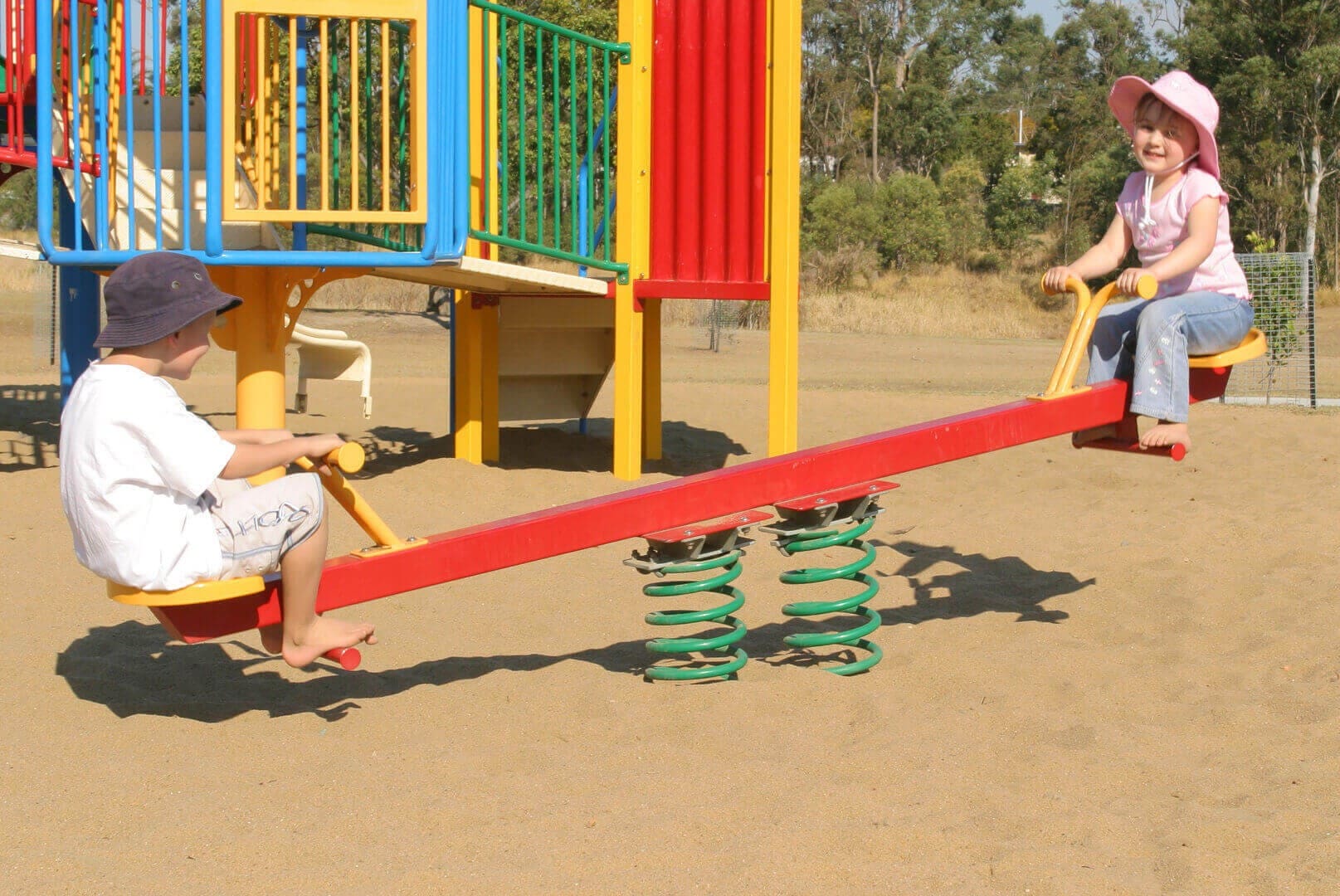

Garden Essentials
How Many Tons Of Sand For A 20 By 20 Play Area
Modified: March 7, 2024
Discover how much sand you'll need for your 20 by 20 garden play area. Find out the exact number of tons required to create a perfect play space.
(Many of the links in this article redirect to a specific reviewed product. Your purchase of these products through affiliate links helps to generate commission for Storables.com, at no extra cost. Learn more)
Introduction
Welcome to our guide on determining how many tons of sand you will need for a 20 by 20 play area. Creating a safe and enjoyable play area for children is essential, and choosing the right amount of sand is a crucial step in the process. In this article, we will walk you through the steps to calculate the quantity of sand required and provide you with some factors to consider when planning your play area.
Creating a play area in your backyard is a wonderful way to encourage outdoor play and spark children’s imaginations. Sand is a popular choice for play areas as it offers various opportunities for sensory play, building sandcastles, and engaging in creative play scenarios. However, determining the right amount of sand to fill your play area can sometimes be challenging.
To ensure that you have enough sand to cover your 20 by 20 play area adequately, it is important to calculate the volume of sand required. By following the steps outlined in this guide, you can be confident in determining the appropriate amount of sand needed for your project.
Before we delve into the calculations, let’s take a moment to understand how to measure the play area accurately. The dimensions of a 20 by 20 play area imply that it is a square with each side measuring 20 feet. It’s important to note that the calculations in this guide assume a uniform depth of sand throughout the entire play area. This means that the sand will be spread evenly and at the same depth across the entire 20 by 20 square footage.
Now that we have established the basics, let’s move on to calculating the amount of sand needed to fill the play area.
Key Takeaways:
- You’ll need about 2 tons of sand for a 20 by 20 play area with a 6-inch depth, providing a safe and fun space for children to play and explore.
- Consider safety, drainage, sand quality, maintenance, and future expansion when planning your play area to ensure a safe and enjoyable space for children.
Read more: What Kind Of Sand For Kids’ Play Area?
Determining the Area of the Play Area
Before we can calculate the amount of sand needed, we need to determine the area of the play area accurately. Since our play area is a square with sides measuring 20 feet, calculating the area is quite simple. The formula to calculate the area of a square is:
Area = side length x side length
In our case, the side length is 20 feet. Plugging this value into the formula, we can calculate the area as follows:
Area = 20 feet x 20 feet = 400 square feet
So, the play area measures 400 square feet in total. This information will be essential in determining the amount of sand needed to cover the entire play area adequately.
Once you have determined the area of your play area, you are ready to move on to the next step, which involves calculating the amount of sand required.
Calculating the Amount of Sand Needed
Now that we have determined the area of our play area, we can move on to calculating the amount of sand needed to cover the entire space. Keep in mind that the depth of the sand will play a significant role in the calculation.
For most play areas, a depth of 6 inches to 12 inches is recommended. The depth you choose will depend on factors such as the intended use of the play area, the age of the children, and safety considerations. For the purpose of this guide, let’s assume that we will use a depth of 6 inches.
To calculate the volume of sand needed, we can use the following formula:
Volume = Area x Depth
Substituting the values we have, we can calculate the volume of sand required for our 20 by 20 play area:
Volume = 400 square feet x 0.5 feet (6 inches expressed in feet) = 200 cubic feet
Now, here comes the tricky part. To convert the volume from cubic feet to tons, we need to consider the weight of sand per cubic foot. The weight of sand can vary depending on its moisture content and composition. On average, dry sand weighs around 100 pounds per cubic foot.
To convert the volume from cubic feet to tons, we divide the volume by the weight of sand per cubic foot. Let’s do the calculation:
Tons = Volume (cubic feet) / Weight per cubic foot (pounds)
Tons = 200 cubic feet / 100 pounds = 2 tons
Therefore, for a 20 by 20 play area with a depth of 6 inches, you will need approximately 2 tons of sand to cover the entire play area adequately.
It’s important to note that these calculations are estimates and may vary depending on factors such as the type of sand used and compaction levels. It’s always a good idea to add a little extra to your calculations to account for any discrepancies or unevenness in the ground.
Now that you have a rough estimate of the amount of sand needed, let’s explore some factors to consider when planning your play area.
To calculate the amount of sand needed for a 20 by 20 play area, use the formula: length x width x depth. For example, if you want 2 inches of sand, the calculation would be 20 x 20 x 2/324. This will give you the amount of sand in tons needed for the play area.
Factors to Consider
When planning your play area and determining the amount of sand needed, there are several factors to consider to ensure a safe and successful project:
- Safety: Safety should always be a top priority when designing a play area. Consider the age of the children who will be using the play area and choose an appropriate depth of sand to minimize the risk of injuries from falls.
- Drainage: Proper drainage is essential to prevent water accumulation in the play area. Ensure proper grading and slope to allow water to flow away from the play area, and consider using a layer of landscape fabric or a perforated drainpipe beneath the sand to promote drainage.
- Quality of sand: Choose high-quality play sand that is free from contaminants and safe for children. Avoid using construction sand, as it may contain sharp particles or debris that can pose safety hazards.
- Maintenance: Regular maintenance is important to keep your play area clean and safe. Rake the sand periodically to remove any debris or foreign objects, and replenish the sand as needed to maintain the desired depth.
- Accessibility: Consider the accessibility of the play area for children of different abilities. Ensure that pathways leading to the play area are wide and smooth enough for wheelchair access, and incorporate accessible play equipment if possible.
- Sun exposure: Take into account the sun exposure in the area when designing your play area. If the play area receives direct sunlight for extended periods, consider providing shaded areas with umbrellas, canopies, or natural shade from trees.
- Surrounding elements: Consider the proximity of trees, plants, or structures near the play area. Falling leaves, branches, or other debris can affect the cleanliness and safety of the play area.
- Future expansion: If you plan to expand the play area in the future, make sure to account for it in your calculations. It’s better to have a slightly excess amount of sand than falling short when expanding the play area.
By considering these factors, you can create a safe and enjoyable play area for children that will provide endless hours of fun and imaginative play.
Conclusion
Creating a play area in your backyard can be a fulfilling and exciting project, and calculating the amount of sand needed is a crucial step in ensuring its success. By following the steps outlined in this guide, you can determine the appropriate quantity of sand required for a 20 by 20 play area.
Remember to accurately measure the area of your play space and choose a suitable depth of sand based on safety considerations and the intended use of the play area. Calculating the volume of sand needed and converting it to tons will give you a rough estimate of the quantity required to adequately cover the entire play area.
Additionally, it’s essential to consider factors such as safety, drainage, sand quality, maintenance, accessibility, sun exposure, surrounding elements, and future expansion when planning your play area. These factors will ensure that your play area is not only functional but also safe and enjoyable for children of different ages and abilities.
Keep in mind that these calculations serve as estimates and slight variations may occur depending on factors such as sand type and compaction levels. It’s always a good idea to have a bit of extra sand on hand to account for any discrepancies or unevenness in the ground.
By taking the time to plan and calculate the amount of sand needed, you can create a vibrant and inviting play area that will provide children with endless opportunities for sensory play, creativity, and outdoor adventure.
Now that you have the knowledge and tools to determine how many tons of sand you will need for your 20 by 20 play area, it’s time to roll up your sleeves and get started! Enjoy the process of creating a wonderful play area for children to explore and have fun!
Frequently Asked Questions about How Many Tons Of Sand For A 20 By 20 Play Area
Was this page helpful?
At Storables.com, we guarantee accurate and reliable information. Our content, validated by Expert Board Contributors, is crafted following stringent Editorial Policies. We're committed to providing you with well-researched, expert-backed insights for all your informational needs.
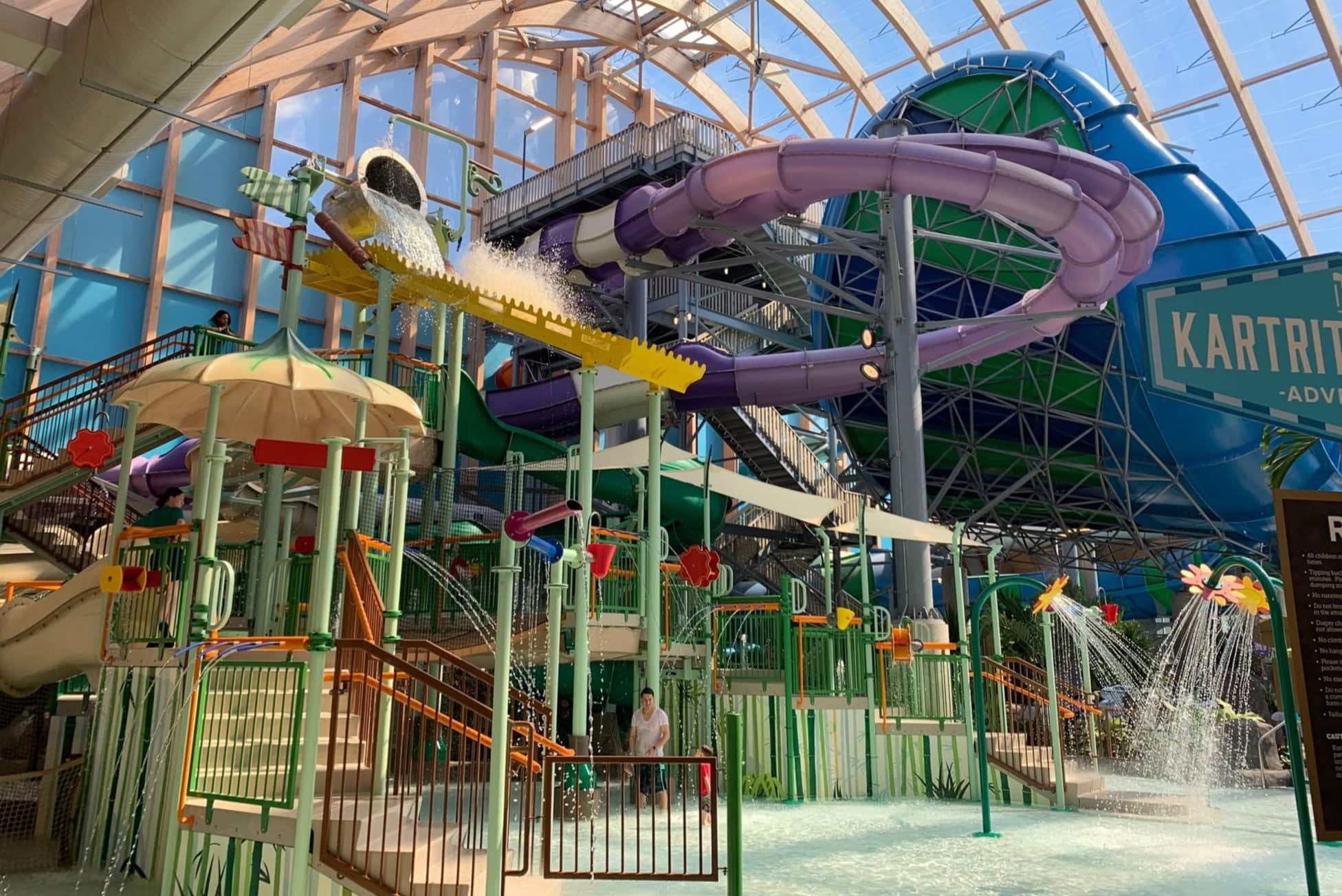
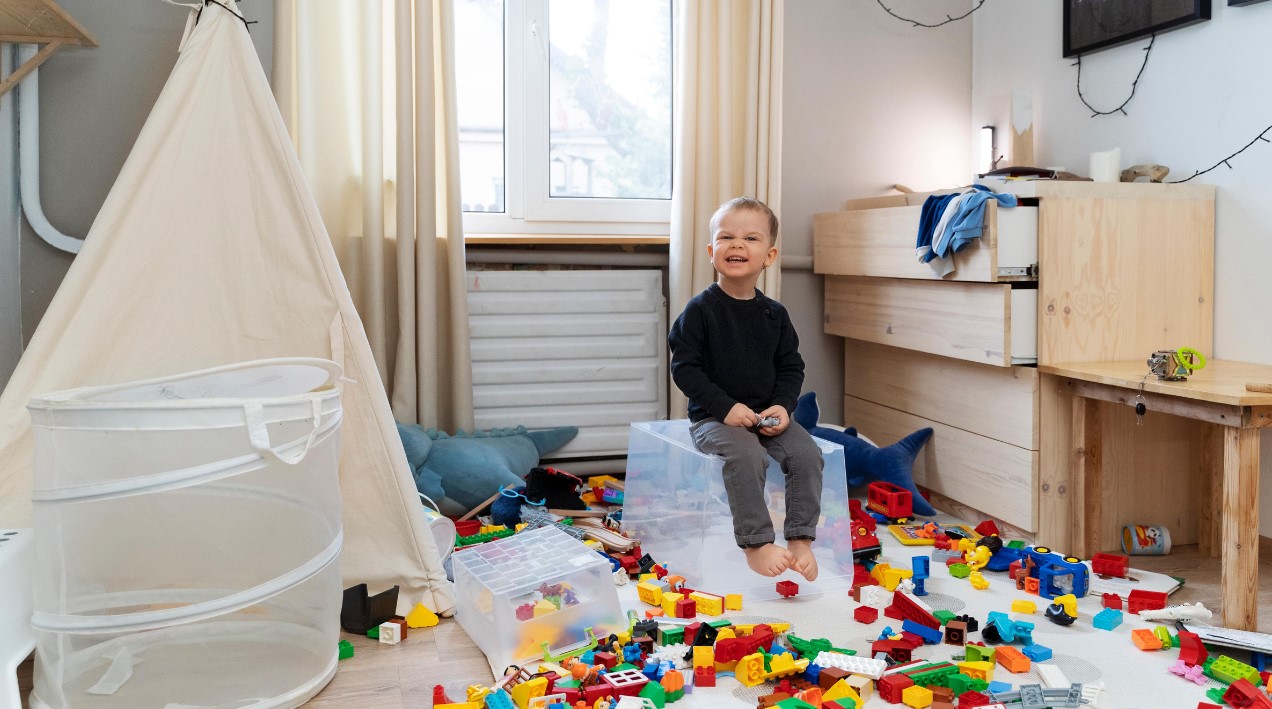

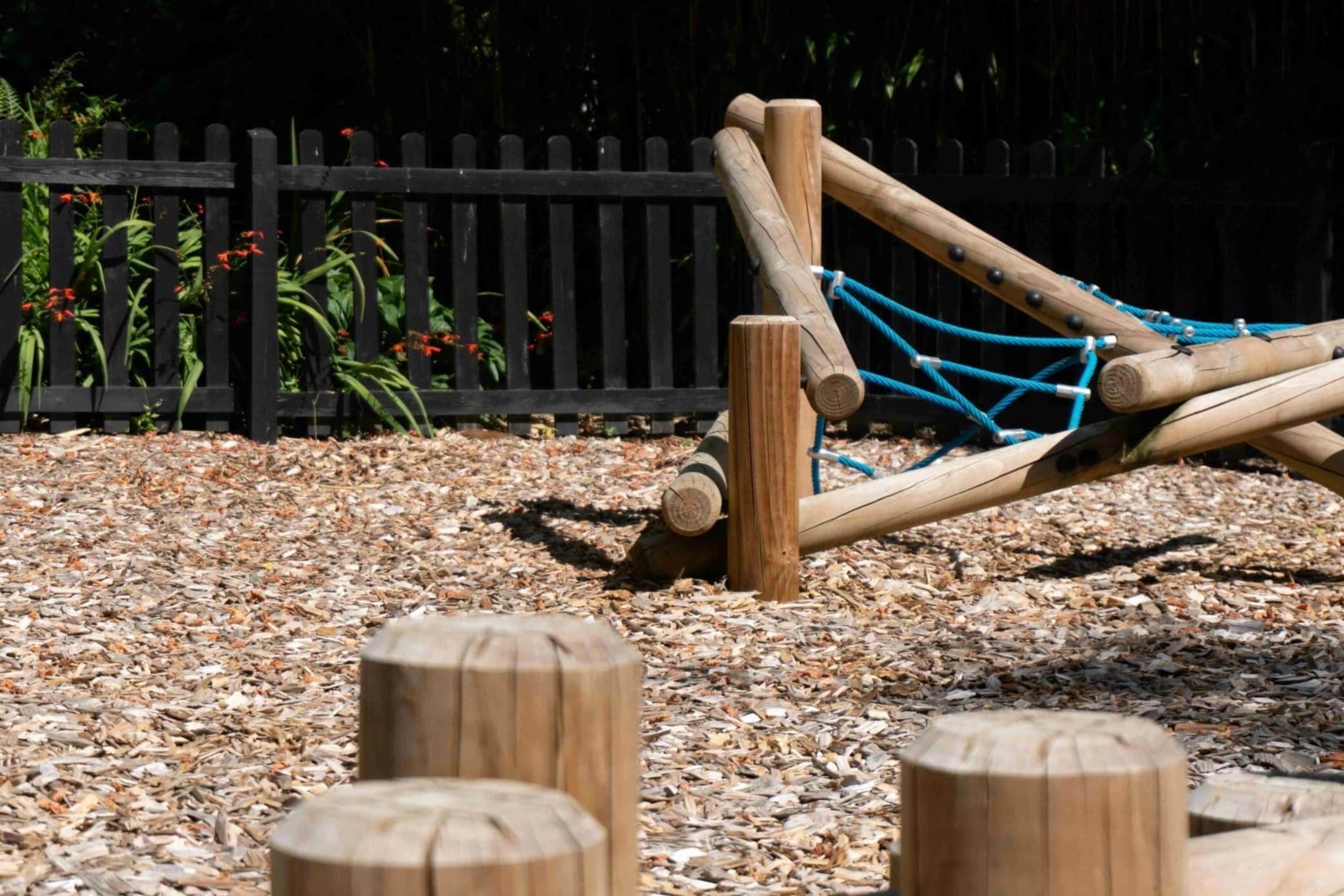

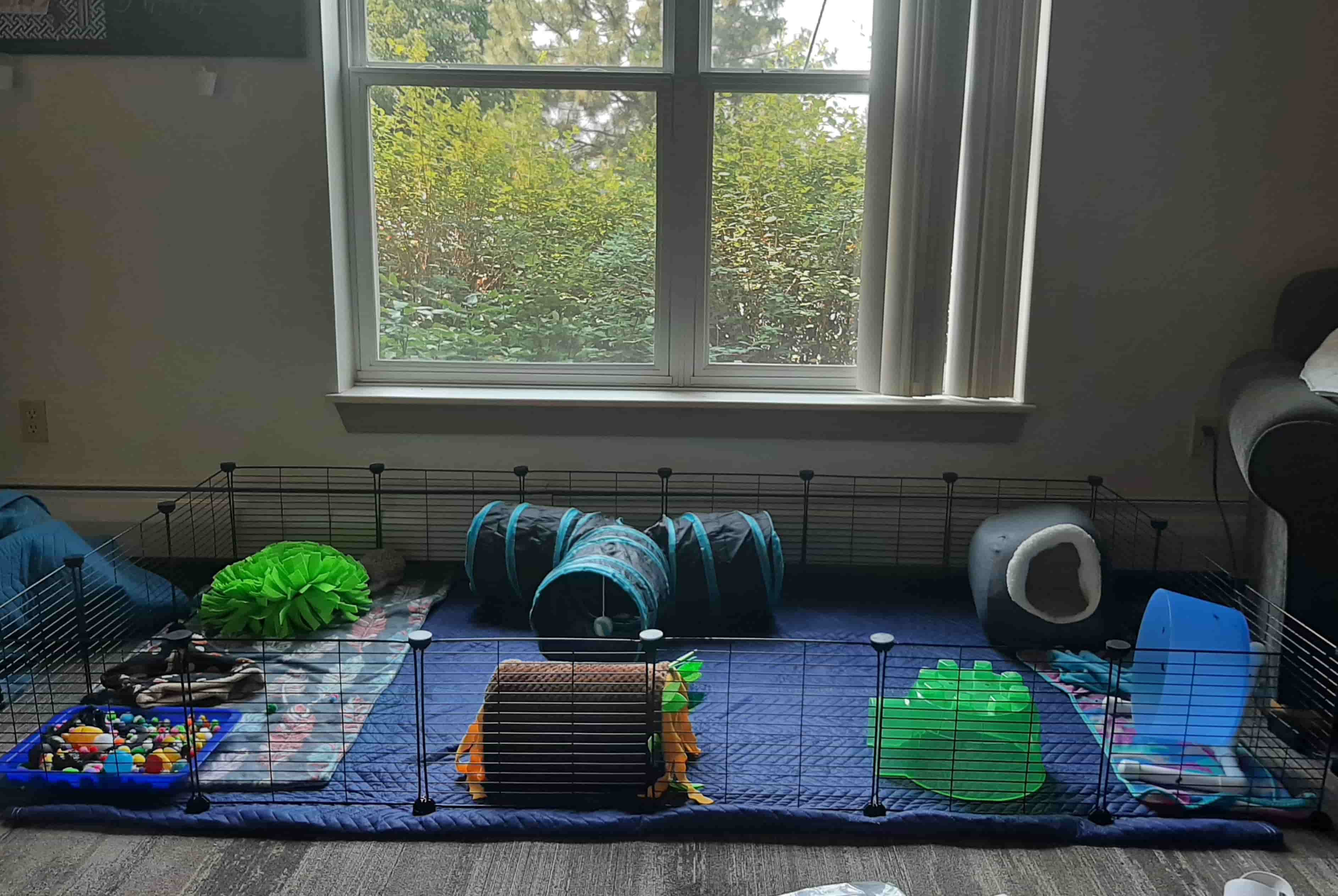
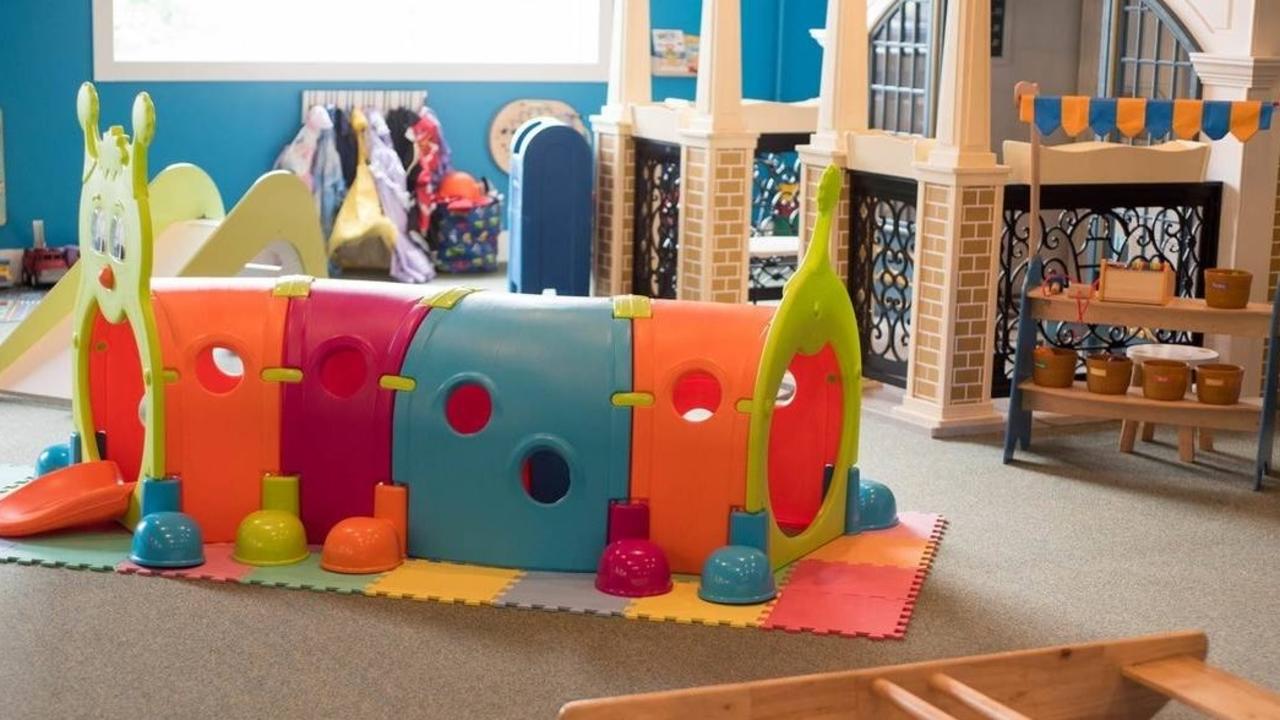
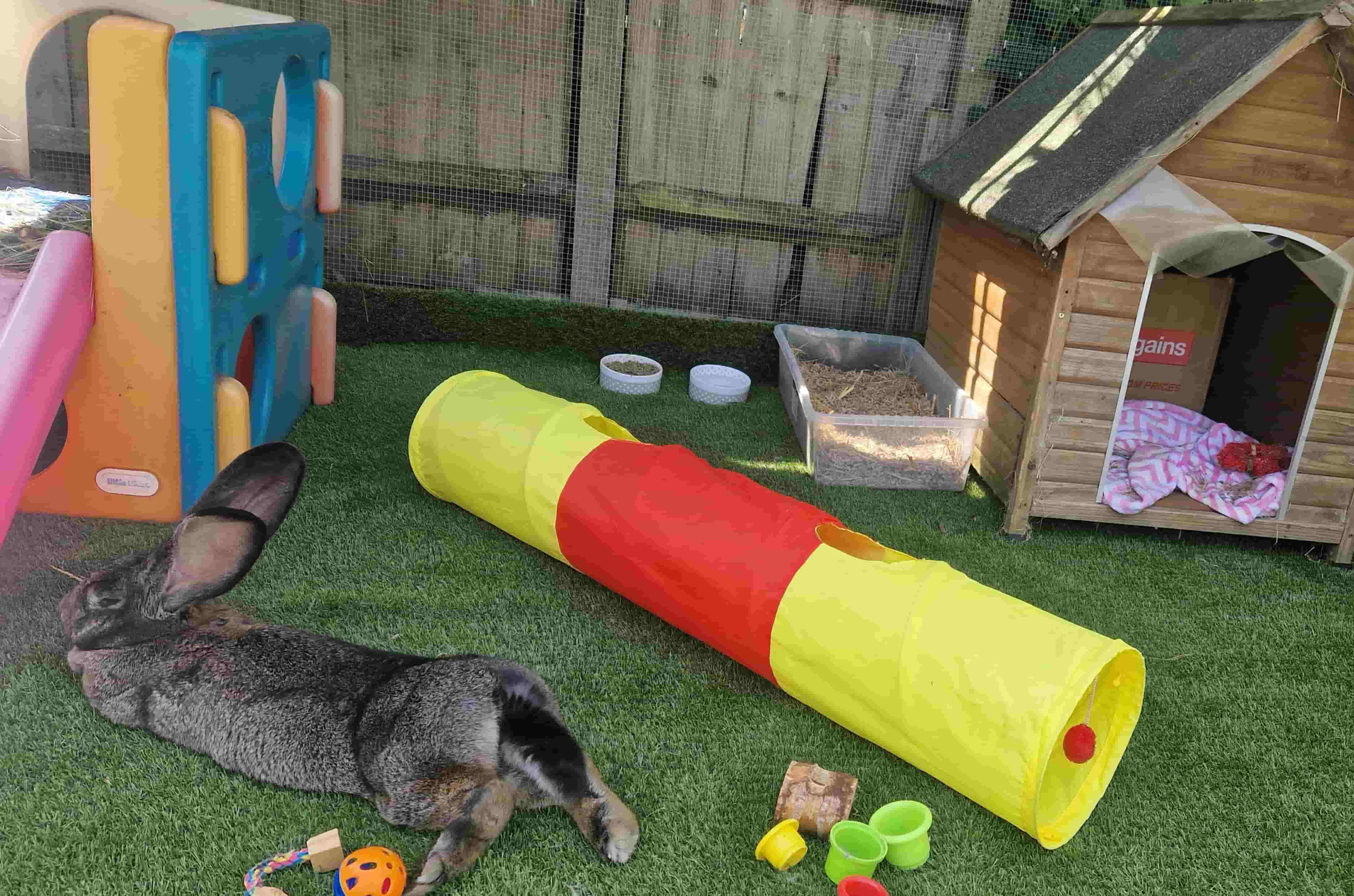
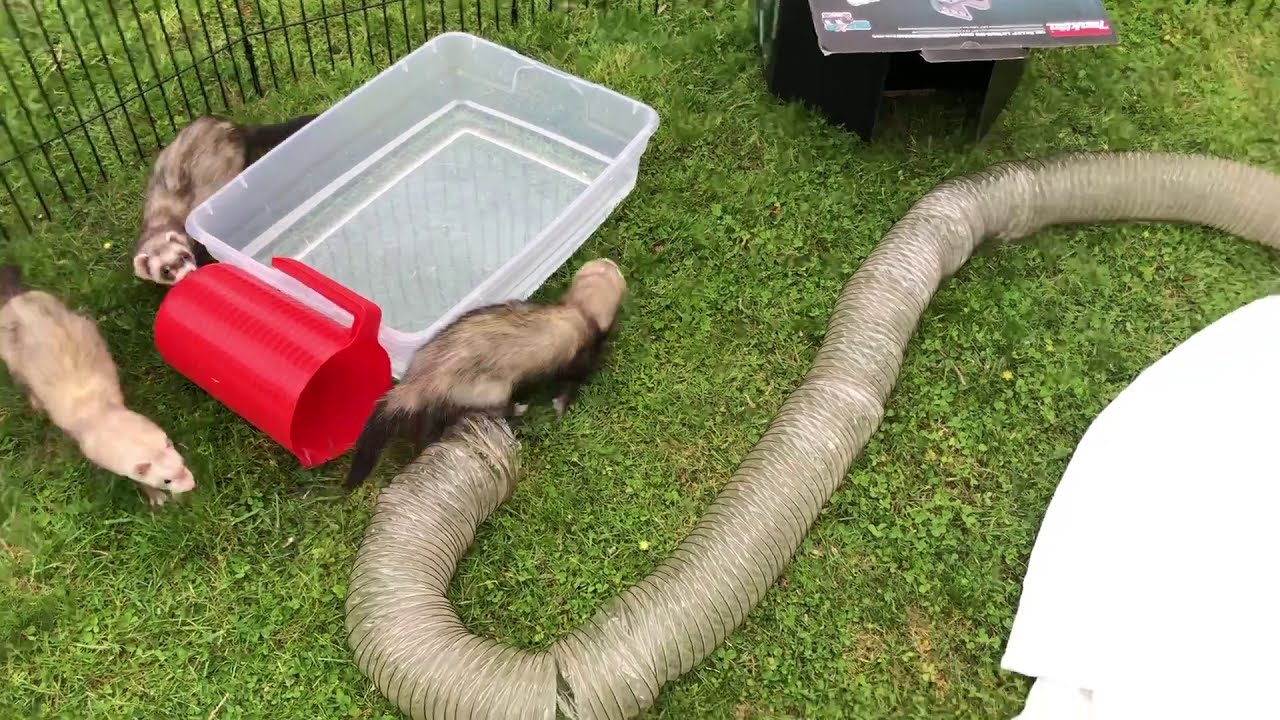
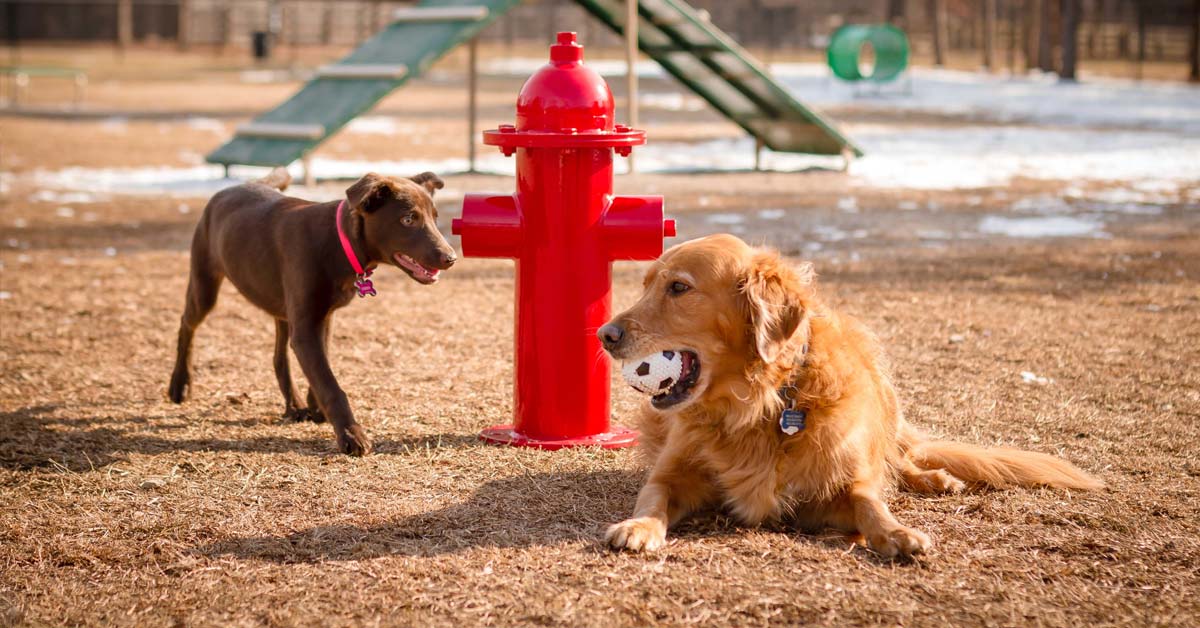

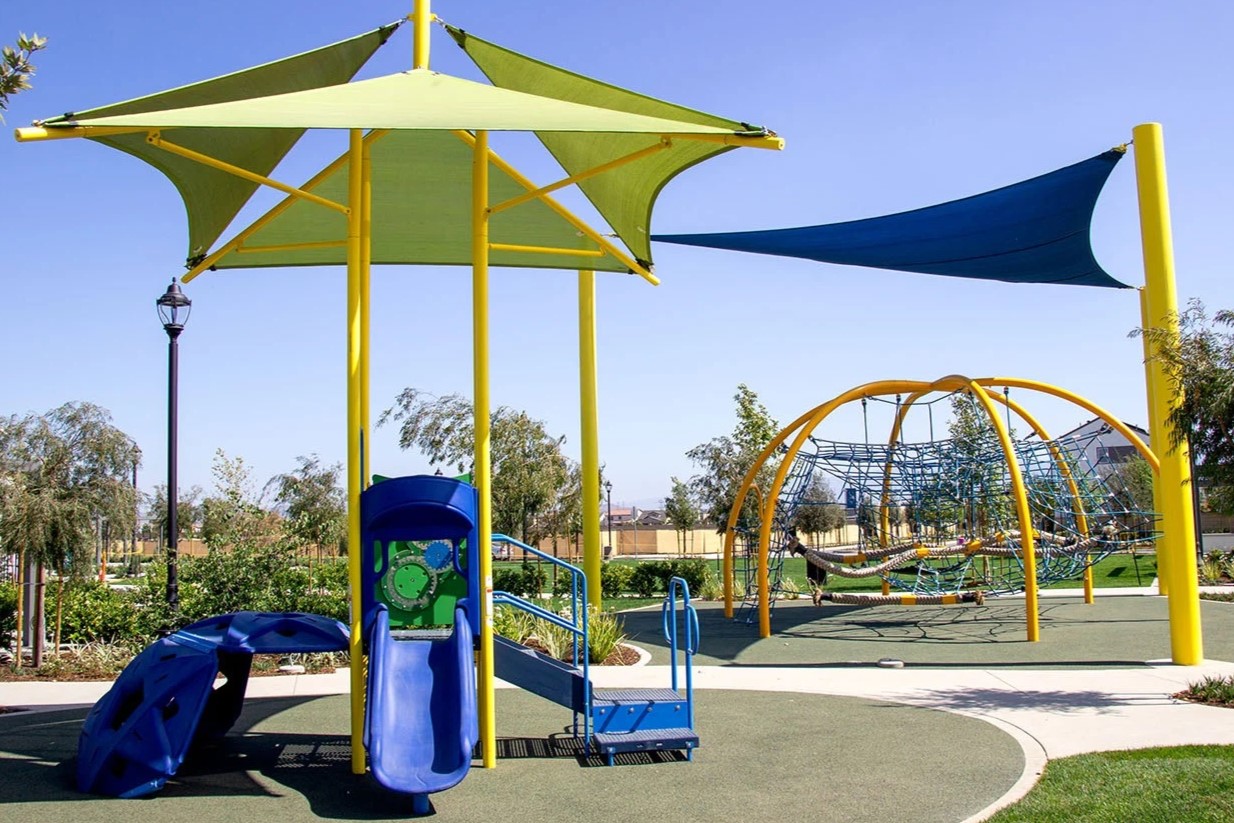
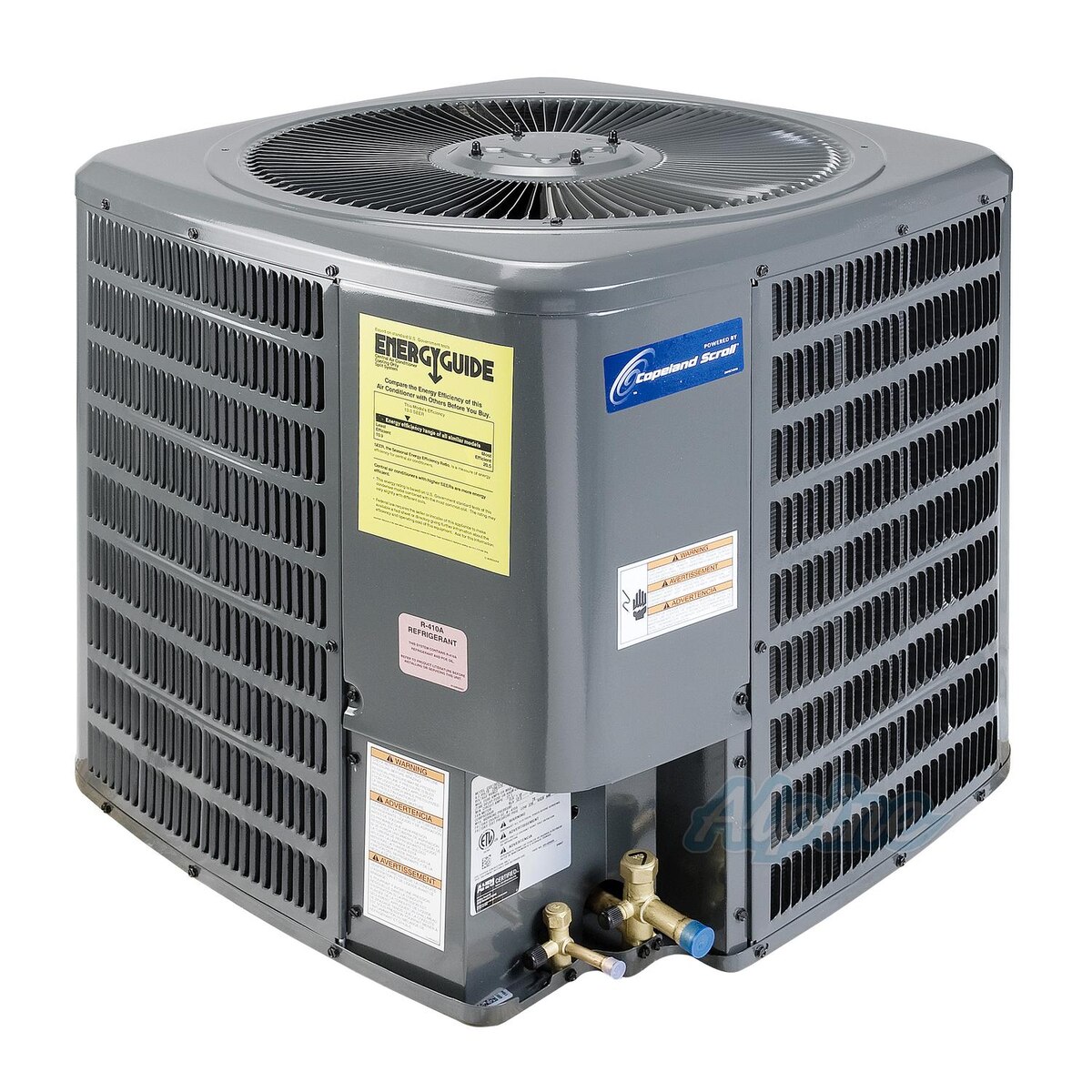
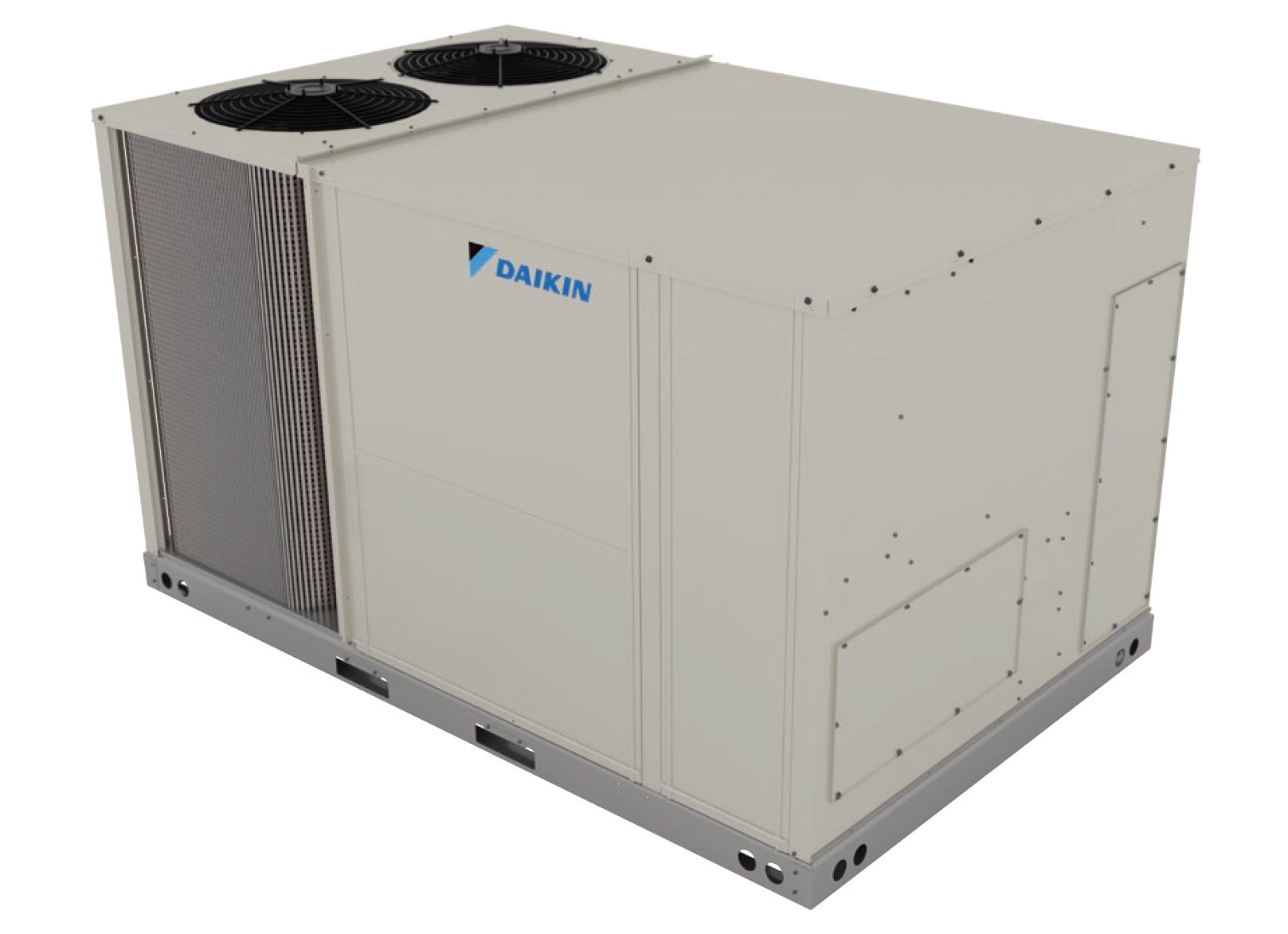
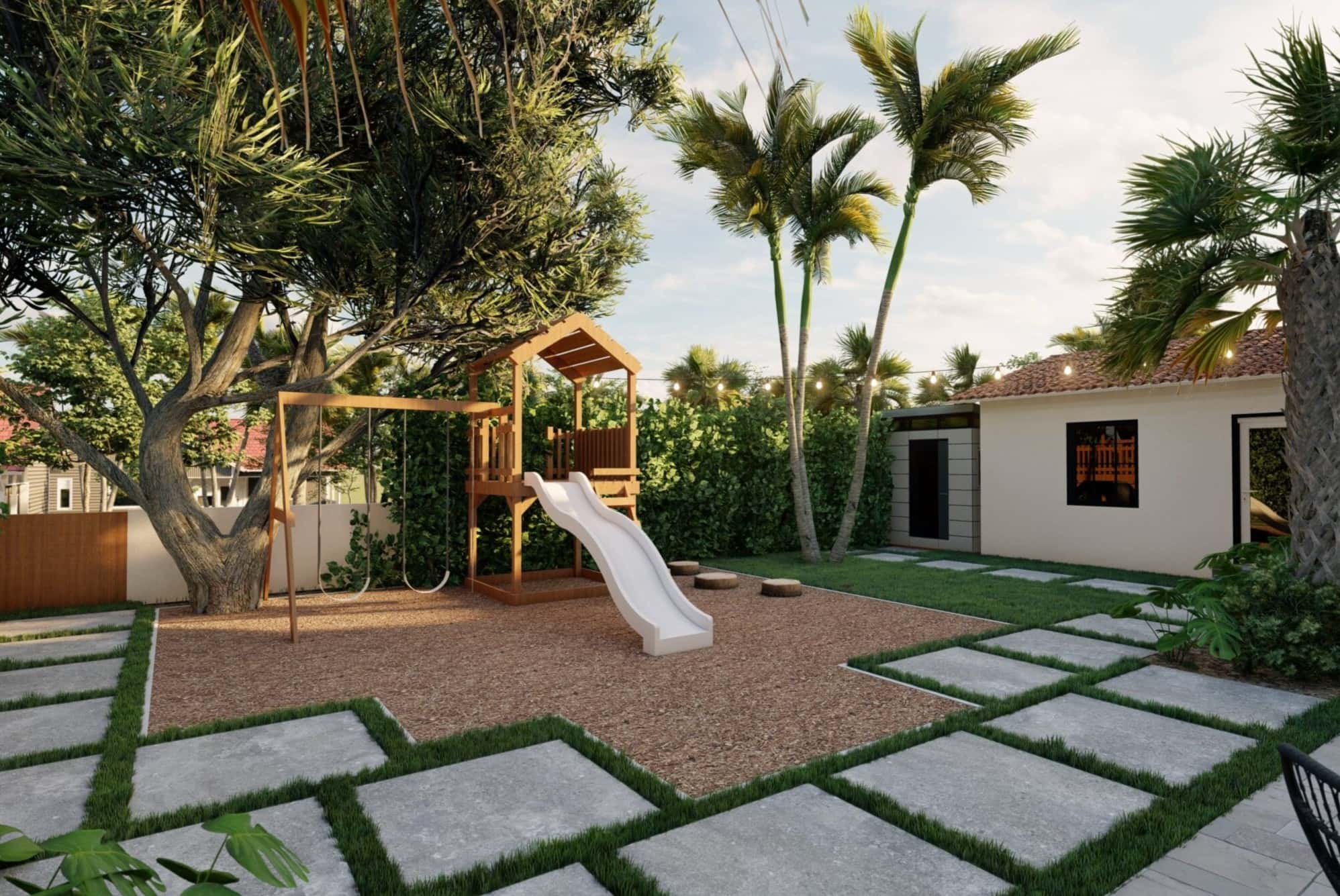

0 thoughts on “How Many Tons Of Sand For A 20 By 20 Play Area”